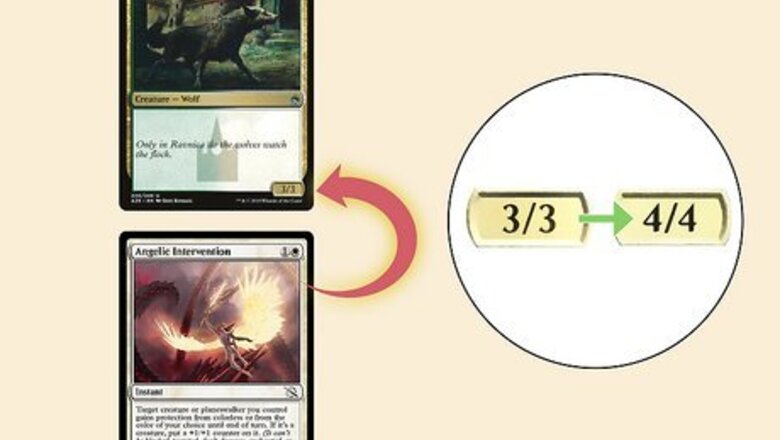
views
- A +1/+1 counter increases a creature’s power and toughness. A -1/-1 counter decreases a creature’s power and toughness.
- A +1/+1 counter cancels out a -1/-1 counter and vice versa. A creature dies if they get enough -1/-1 counters to match their toughness.
- If a creature temporarily leaves the battlefield, say by being exiled or blinked, the creature loses any counters it carried.
Do counters add to power?
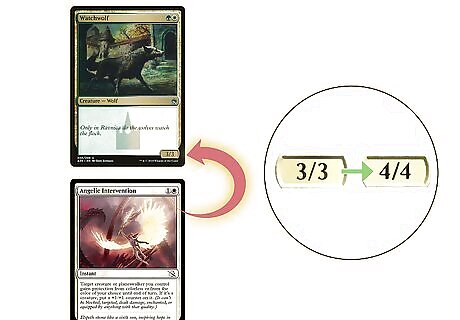
Yes, +1/+1 counters increase power and toughness. Cards that reference +1/+1 counters will tell you how many counters to place on a given creature. A +1/+1 counter will increase a creature’s power and toughness. That first +1 refers to the creature’s power, and the second +1 corresponds to the creature's toughness. So, as an example, let’s say you’ve got a Watchwolf on the battlefield. You cast Angelic Intervention targeting your Watchwolf. Watchwolf is a 3/3 so if the Intervention resolves, you put a +1/+1 counter on it and now it’s a 4/4. Do not get +1/+1 counters confused with “counter.” A counter refers to something that cancels a spell on the stack (like Negate or Counterspell). Cards that put counters on a creature will explicitly reference +1/+1 counters.
How do you track counters?

Most players use dice or mancala pebbles to count counters. It’s rare you end up putting more than 6 counters on a creature in a normal deck, so most players use a standard d6 die to represent the number of counters (i.e. if a creature has three +1/+1 counters on it, a player will set a die on “3” on top of the creature). Alternatively, you can use mancala pebbles and add one pebble for each counter. If you don’t have dice or pebbles, write down the number of counters on a scrap of paper, rip it off, and set it on top of the creature. A lot of players like using miniature d6 by Chessix. They’re small enough to not take up a ton of space on the cards that get counters, they come in a cute little glass case that makes them easy to transport, and they come in all kinds of different colors.
Do counters change base power and toughness?
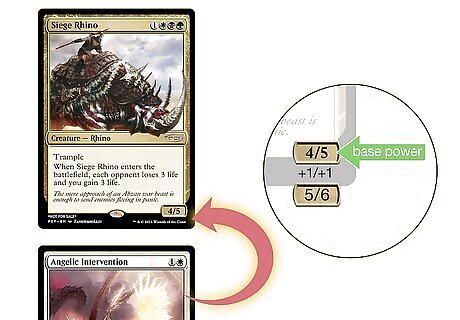
No, the base power remains the same. Magic cards are very careful about wording, and cards are written the way they are on purpose. You almost always put a +1/+1 counter “on” a creature. Unless a card specifically references changing the “base power,” the creature’s base power and toughness cannot change. The base power refers specifically to the number printed on the bottom right of the card. For example, Siege Rhino has a base power of 4/5. If you put a +1/+1 counter on it, its base power is still 4/5. Some creatures, like Tarmogoyf or Nighthowler, have a base power that changes based on other variables. There are cards that do change base power and toughness! For example, Turn to Frog will turn any targeted creature into a 1/1.
Do buffs add counters?

No, buffs that don’t mention counters do not add them. Take a look at Benalish Marshal. While it does explicitly say your other creatures have +1/+1, it doesn’t say anything about counters. This buff does bolster your creatures’ stats, but it doesn’t give them counters. Counters are permanent. Buffs are conditional. In the example above, if your opponent kills the Benalish Marshal, your creatures lose the +1/+1 buff immediately. Unless you have multiple overlapping buffs, players usually just keep track of buffs in their head. If you have lots of buffs, track them on scrap paper.
Can cards have multiple counters?
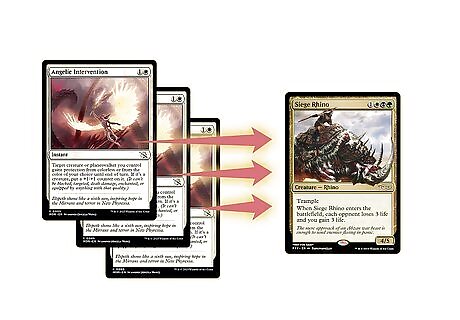
Yes, a card with counters can get more counters. There is no limitation or restriction on how many counters that a card can have. The only exception is if a creature gets enough -1/-1 counters to match the creature’s toughness. So, if you use Grind to put a -1/-1 counter on an Elvish Mystic, which has a power of 1/1, the counter disappears and the Elvish Mystic dies. There aren’t any cards that grant +2/+2 counters. They’ll always say “two +1/+1 counters” instead.
Can counters cancel each other out?

Yes, +1/+1 counters and -1/-1 counters cancel out. If a creature has a +1/+1 counter on it and they somehow get a -1/-1 counter, they cancel out and the creature is left with no counters. If they have two +1/+1 counters and the creature gets one -1/-1 counter, you’d remove one counter and be left with the single +1/+1 counter. If you need to keep track of both +1/+1 and -1/-1 counters, use different-colored dice or put the +1/+1 counters on the card’s art and the -1/-1 counters above the card’s name.
Do counters stay if the creature changes zones?
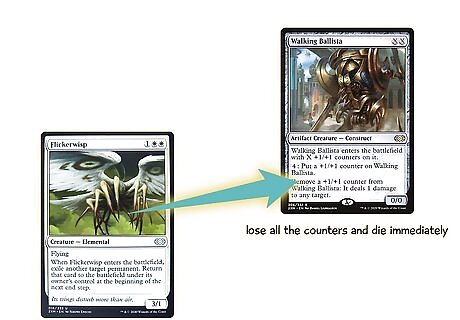
No, counters will disappear if you blink a creature. Anything that is attached to a creature disappears once it is exiled or sent to the graveyard—even if it comes back to the battlefield immediately. Anything that is attached or on the creature disappears. Any Enchantments on the creature go to the graveyard, any equipped artifacts fall off, and any counters disappear. If you blink a creature like Walking Ballista with a card like Flickerwisp, the Walking Ballista will lose all the counters and die immediately.
Can you target counters?

No, counters cannot be targeted, but the creature under it can be. Counters are not game objects you can directly interact with. There are cards that “remove counters” but they can’t be used to explicitly target specific counters. You can, however, target creatures with counters on them. There is no unique protection creatures with targets on them.
Are all counters +1/+1 or -1/-1?
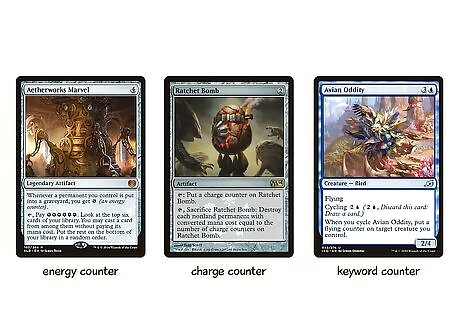
No, there are a few other fringe types of counters. There are over 1,700 cards in Magic: The Gathering that reference +1/+1 counters, and there are about two dozen mechanics that can put them on creatures. However, there are a handful of other fringe counters you might encounter. These include: Energy counters. Energy counters represent aether, a fictional energy source on Kaladesh. Some cards from the Kaladesh set use energy counters to pay additional costs or buff cards. Charge counters. Charge counters go all the way back to the Ice Age set. They mainly appear on artifacts and are used to generate energy or pay certain costs. Keyword counters. Keyword counters are new in Magic. They add keywords like trample, first strike, or flying to a creature’s card text so long as the counter is on the card.




















Comments
0 comment